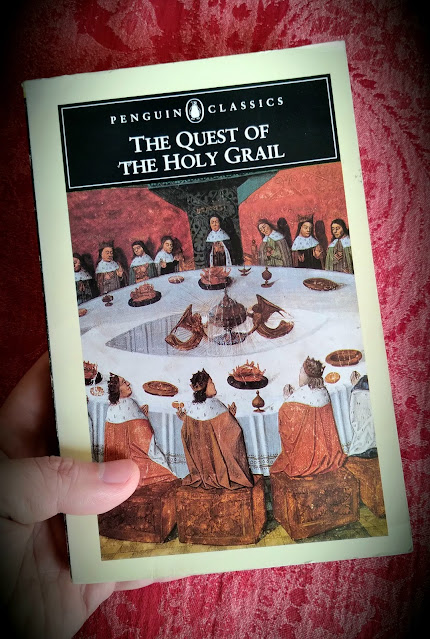 |
| The Quest of the Holy Grail. King Arthur. Camelot. Arthurian Legend. Knights of the Round Table |
Written in approximately 1225 A.D., "The Quest of the Holy Grail" shouldn't be read too lightly. There is a lot to discover beneath the surface.
Composed by an unknown author in early thirteenth-century France, The Quest of the Holy Grail is a fusion of Arthurian legend and Christian symbolism, reinterpreting ancient Celtic myth as a profound spiritual fable. It recounts the quest of the knights of Camelot - the simple Perceval, the thoughtful Bors, the rash Gawain, the weak Lancelot and the saintly Galahad - as they journey through danger and temptation to reach the elusive Holy Grail. But only one of them is judged worthy to see the mysteries within the sacred vessel, and look upon the ineffable. Enfused with tragic grandeur and an aura of mysticism, The Quest is an absorbing and radiant allegory of man's perilous search for divine grace, and had a profound influence on later Arthurian romances and versions of the Grail legend.
For more than seventy years, Penguin has been the leading publisher of classic literature in the English-speaking world. With more than 1,700 titles, Penguin Classics represents a global bookshelf of the best works throughout history and across genres and disciplines. Readers trust the series to provide authoritative texts enhanced by introductions and notes by distinguished scholars and contemporary authors, as well as up-to-date translations by award-winning translators.














